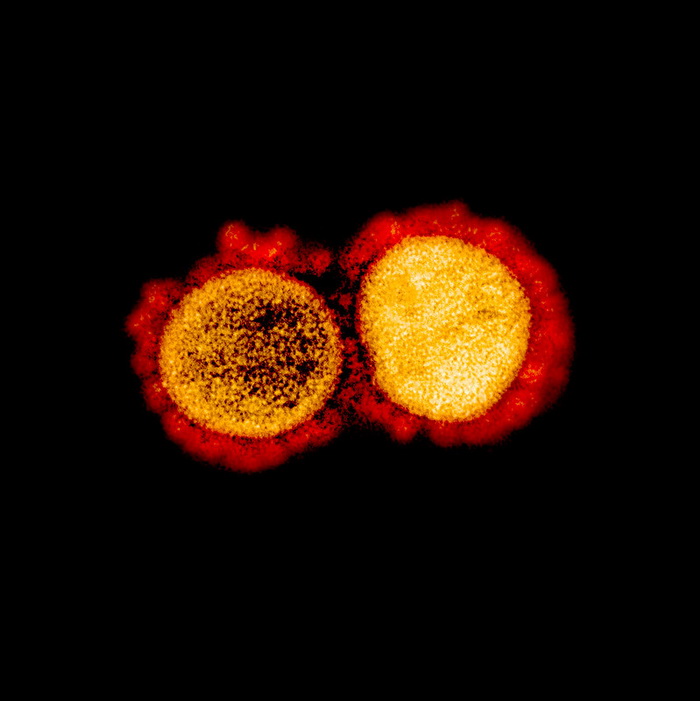The new coronavirus SARS-CoV-2 is able to integrate into human chromosomes, although not completely.
–
–
‹
›
–
Many people who have had a coronavirus infection COVID-19, this coronavirus is detected again. One of the explanations is that the disease simply lingered: the person seemed to be cured, but the virus still remained in some quantity, although the symptoms disappeared a long time ago. Another option is that this is a re-infection: the immune system could not remember the virus the first time, and now it again entered the body and began to multiply.
Researchers at the Massachusetts Institute of Technology and Whitehead Institute for Biomedical Research offer another possible reason the SARS-CoV-2 coronavirus suddenly reappears. In an article published on the portal bioRxiv, it is said that SARS-CoV-2 is able to integrate into our chromosomes, becoming invisible to antiviral defense systems. This is the case, for example, of the immunodeficiency virus. HIV genes are encoded in the RNA molecule, and when the virus enters the cell, a special viral enzyme – reverse transcriptase – synthesizes a copy of DNA on the viral RNA. Usually, in our country, genes from DNA are read into RNA molecules, and this process is called transcription, but some viruses have learned to perform the reverse procedure, therefore the enzyme was called reverse transcriptase. A DNA copy of the viral genome is integrated into the cell chromosomes and in this form is passed on to the next generations of cells.
Coronaviruses also store their genes in the form of RNA, but they do not have reverse transcriptase, like HIV does. Nevertheless, if you give them this enzyme to use, they will be able to pull off the same trick – to get into the cellular genome. The authors of the work introduced into human cells the gene for reverse transcriptase from HIV and then infected such cells with SARS-CoV-2. As a result, fragments of the coronavirus genome appeared in the cellular DNA (apparently, the coronavirus could not fully integrate into the cellular DNA).
HIV is not the only virus with an enzyme that copies RNA into DNA. There are others, united by the common name of retroviruses. And we have a lot of retroviral traces in our genome: once upon a time they infected our ancestors, incorporated into their chromosomes and fell asleep in them forever. In the retroviral traces in our DNA, mutations began to accumulate, which did not allow the virus to wake up – that is, to start producing viral RNA and viral proteins. Some of these retroviruses make up 17% of our genome, and our cells have even learned to use them to their advantage (we wrote how retroviral sequences protect the human embryo from infection and help immune cells to synthesize antibodies).
In another series of experiments, the authors of the work awakened these remnants of retroviruses so that reverse transcriptase appeared in the cell. It turned out that the enzyme from such asleep, but awakened retroviruses also helps the coronavirus to integrate into the cellular genome. It can be imagined that in those people in whom the virus was found again after recovery, the enzyme encoded in the dormant retroviral sequences simply worked. The coronavirus in the form of DNA is integrated into the chromosome, and from time to time, RNA is synthesized on the coronavirus sequences, which will be determined by analyzes.
So far, however, all this has been observed only in cells growing in laboratory culture. As the portal writes Science, many virologists are urging to treat the new data with great caution and wait until we get more reliable confirmation that SARS-CoV-2 breaks into our chromosomes. Still, dormant retroviruses in our genome are very rarely active, and even if they help the coronavirus to integrate into the chromosome, this should happen very, very infrequently. Well, in any case, let’s not forget that the coronavirus did not enter the cellular genome completely, but only in fragments, and it is unlikely that in such a fragmented form it poses a danger.
– .


